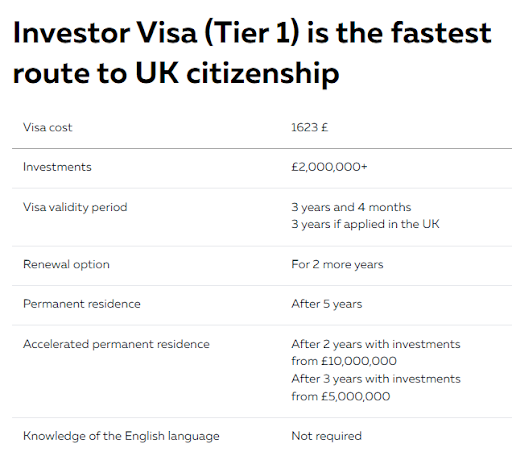Cerebral palsy (CP) is a neurological condition that affects movement, posture, and coordination. It is caused by damage to the brain before, during, or shortly after birth. CP can vary in severity and symptoms, but it often involves...
<?xml version="1.0"?>
Cerebral palsy (CP) is a neurological condition that affects movement, posture, and coordination. It is caused by damage to the brain before, during, or shortly after birth. CP can vary in severity and symptoms, but it often involves muscle stiffness, spasms, tremors, and pain. People with CP may also experience difficulties with speech, vision, hearing, and learning.
The Alexander Technique is a method of education that teaches people how to use their body more efficiently and comfortably. It was developed by Frederick Matthias Alexander, an Australian actor who suffered from chronic voice problems. He discovered that his habitual way of using his voice and body was causing tension and strain, and that by changing his posture and movement, he could improve his voice and overall health.

The Alexander Technique teaches people to become more aware of their body, its movements, and to correct poor habits that lead to physical tension. The method has shown promising results in improving balance, mobility, and coordination for people with various forms of disabilities, including CP.
One of the main benefits of the Alexander Technique for people with CP is that it helps them reduce the excess muscle tone and spasticity that interfere with their natural alignment and movement. The technique also helps them increase the inhibition and relaxation of their nervous system, which can reduce pain, fatigue, and stress.
The Alexander Technique is taught by a qualified teacher in one-to-one lessons. The teacher observes the student's movements and shows them how to move, sit, lie down, and stand with better balance and less strain. The teacher uses gentle hands-on guidance to help the student release muscle tension and improve their posture and coordination. The student also learns to apply the principles of the technique to their daily activities, such as walking, dressing, eating, and working.
The Alexander Technique is not a quick fix or a cure for CP. It requires commitment, practice, and patience. However, many people with CP have reported significant improvements in their quality of life, confidence, and well-being after learning the technique. Some of the benefits they have experienced include:
Increased ease and range of movement Reduced pain and stiffness Improved breathing and speech Enhanced self-awareness and self-control Greater independence and social participation












